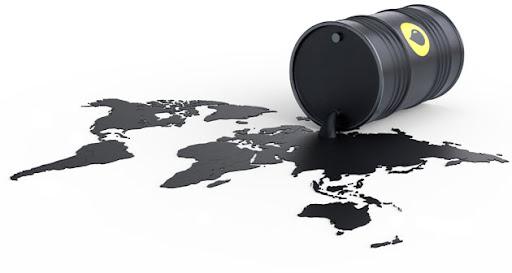
B2 assortment of engine oils and industrial lubrication offerings elevate the environmentally protective qualities of EAL lubricants and industrial applications worldwide, meeting the evolving environmental registrations and to capitalize on the growing EAL market demands. Our b2 biOil’s have
demonstrated biodegradability, minimal aquatic toxicity and non-bio-accumulative potential.
A Top Priority is Social Responsibility that includes Social Reputation as many people (consumers/customers) are searching for and promoting their use off EALs, driven by their desire to promote their own environmental agendas.

Of the 11 billion gallons of lubricants consumed each year, 28% are “lost in use” and released into the environment, 16% are improperly or illegally disposed, 34% are burned as fuel; and, 12% used in asphalt, other products or re-refined as twice refined (2XR) currently represents 6% of the U.S. lubrication market.
* The Company expressly disclaims any and all liability for any written or oral communication transmitted or made available to an interested party. Qualified parties who are interested in pursuing a transaction will be given the opportunity to conduct a due diligence investigation and ultimately enter into an agreement containing such representations and warranties concerning the transaction and the Company as are agreed to by the parties.
* The Company shall have no legal commitment or obligation to any party reviewing the Presentation, unless a written agreement regarding the transaction has been fully executed, delivered and approved by the Company, and any condition to the Company’s obligations hereunder have been satisfied or waived.
* This Presentation has been prepared for discussion purposes only. This Presentation is not an offer or solicitation for the sale of securities. The Presentation is based upon information provided by management and other sources deemed to be reliable.